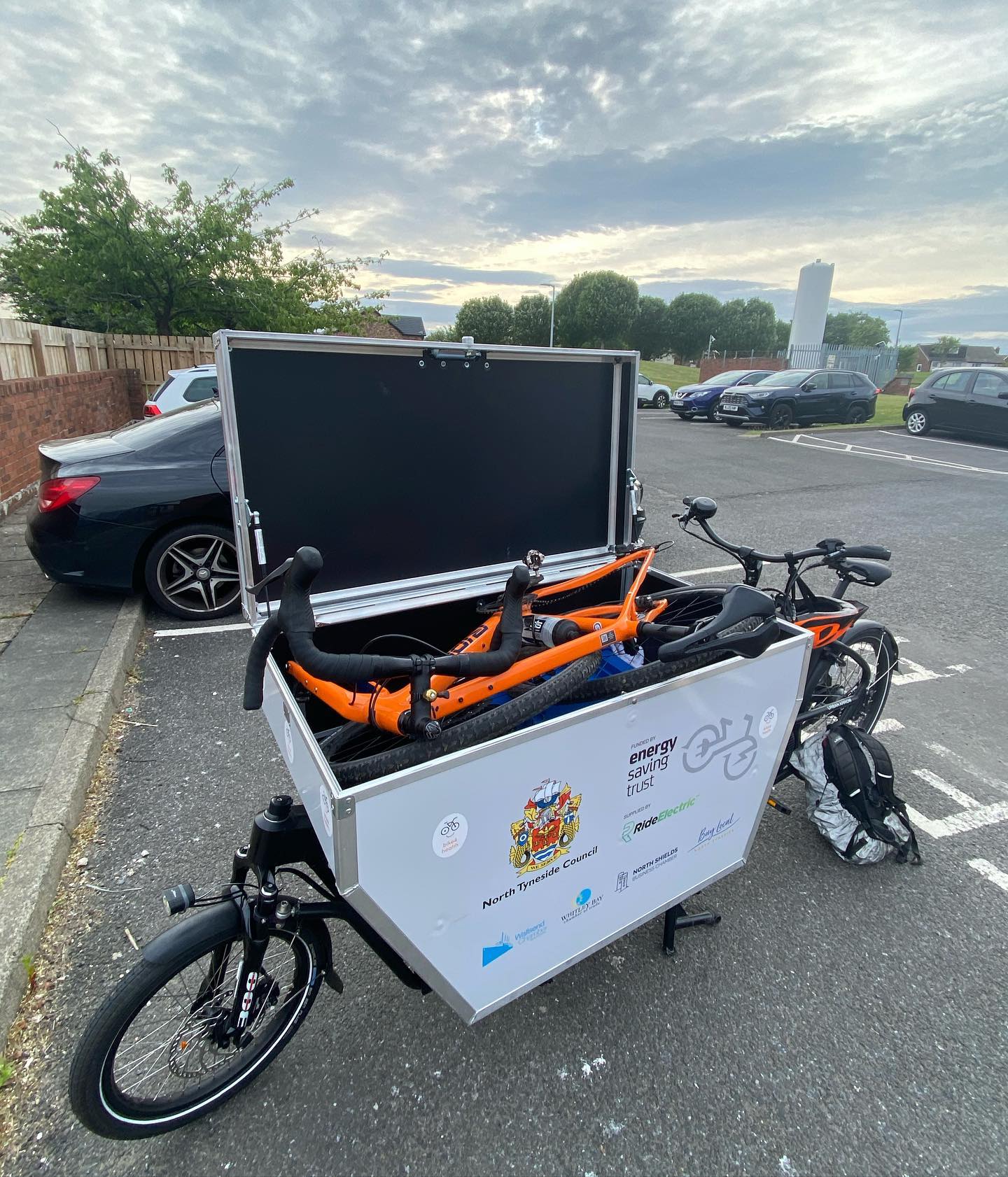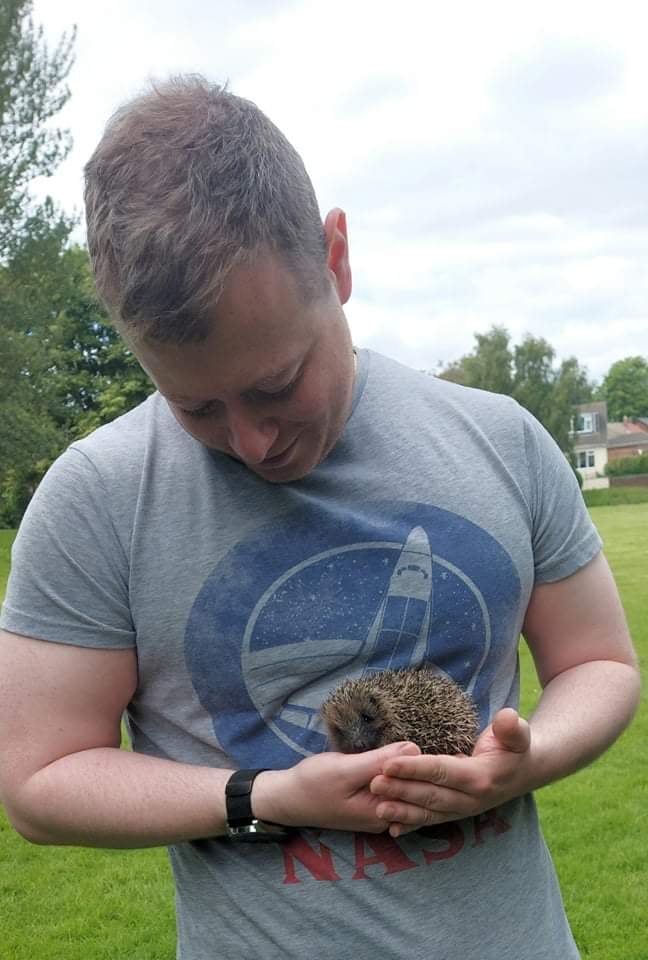
The number of top priority ambulance calls waiting over eight minutes for a response more than doubled in the North East.
For the financial year 2013/14, the North East Ambulance Service hit this target reaching 76.9 per cent of Red 1 callers within eight minutes. However, in 2014/15 this dropped to 70 per cent, a Freedom of Information Act request (FOI) has revealed.
The FOI also shows that in 2013, 793 of the most serious callouts waited over eight minutes for an ambulance response, while in 2014 the number increased to 1934.
A spokesperson for the North East Ambulance Service claims that the number of Red 1 calls has increased, meaning the target is harder to reach.
They said: “The number of cases that were categorised as Red 1 has altered.
“Previously, these were just cardiac arrest patients, but a new symptom group known as peri-arrest, was included which has more than doubled the volume of Red 1 incidents we receive.”
“Red 1 is such a small percentage of our overall incident volume, currently approximately 35 cases a day out of approximately 1,050 to 1,100 incidents we attend.
“As they are so infrequent, there is no pattern to the occurrences of R 1 and that makes it difficult to plan and predict resources and responses, which is why achieving 75 per cent performance on R1 is such a challenge.”
UNISON has blamed funding cuts and a shortage of paramedics for the North East Ambulance Service failing to meet targets.
The national target is for ambulance trusts is to reach 75 per cent of Red 1 patients within eight minutes.
Red 1 calls are the highest priority calls, which are classed as potentially life threatening, involving a cardiac or respiratory arrest.
Although there has been a slight improvement in 2015, with the North East Ambulance Service (NEAS) reaching 73.2 per cent overall, the most recent figures from the service performance scorecard show that in October, 2015, the number of Red 1 calls reached within eight minutes dropped to 63.6 per cent.
Helen Coomer, Regional Organiser for UNISON Northern Region blames government cuts for the North East Ambulance Service failing to meet targets.
She said: “The failure of NEAS to meet their response time targets is a symptom of the huge funding cuts being imposed on Ambulance Trusts nationwide by central government, which in turn affects their ability to recruit enough staff to adequately deal with the significant increase in demand on the service.
“UNISON has long been concerned about the severe shortage of paramedics in NEAS, not only in terms of the impact this has on staff but also the impact this inevitably has on public safety.
“Frontline staff do an incredibly hard job which is made harder by these chronic staff shortages, numbers of staff suffering from stress are at their highest they have ever been.
“The job of paramedics has changed significantly in the past few years and their clinical skills and responsibilities have not been reflected in their pay. Poor workforce planning, lack of investment in staff and the stress of the job has led to a recruitment and retention crisis which the government has failed to address.
“Unless the government takes urgent action, staff will continue to work long shifts with no breaks to deal with the relentless nature of working in emergency services.”
An online map available here shows that in large cities such as Newcastle and Sunderland, the ambulance service are meeting the response targets. But in rural areas percentages fall much lower.
In the area around Rowlands Gill and High Spen, the North East Ambulance Service is only reaching 29 per cent of Red 1 calls within the target of eight minutes.
Dave Anderson is the MP for Blaydon, which covers this area, said: “Overall pressures on the whole NHS have led to decline in targets being met across the service which includes ambulances.
“Low morale amongst staff is rife as ongoing attacks on their terms and conditions only exacerbate the problems.
“The Government needs to start giving the NHS and its staff the respect and resources they need or we will only see a continuing decline.
“There may be additional underlying factors at trust level, and it is incumbent on those in charge to be honest about problems and work to address them and I am sure that all local MPs remain ready to help them in that task.”
The North East Joint Health Scrutiny Committee and Health Scrutiny Committees, in individual councils, monitor the performance of the North East Ambulance Service.
Karen Christon of Newcastle Health Scrutiny Committee said: “Newcastle Health Scrutiny Committee receives regular information on the performance of the North East Ambulance Service, including Red 1 response times as well as on other aspects of their service.
“Scrutiny of the overall performance of the ambulance service across the region is undertaken by the North East Joint Health Scrutiny Committee.
“This committee, made up of the 12 local authorities in the region, reviews the performance of the ambulance service at every meeting and individual authorities also review local performance.”
The Chair of the North East Joint Health Scrutiny Committee failed to comment on the performance of the North East Ambulance Service.



